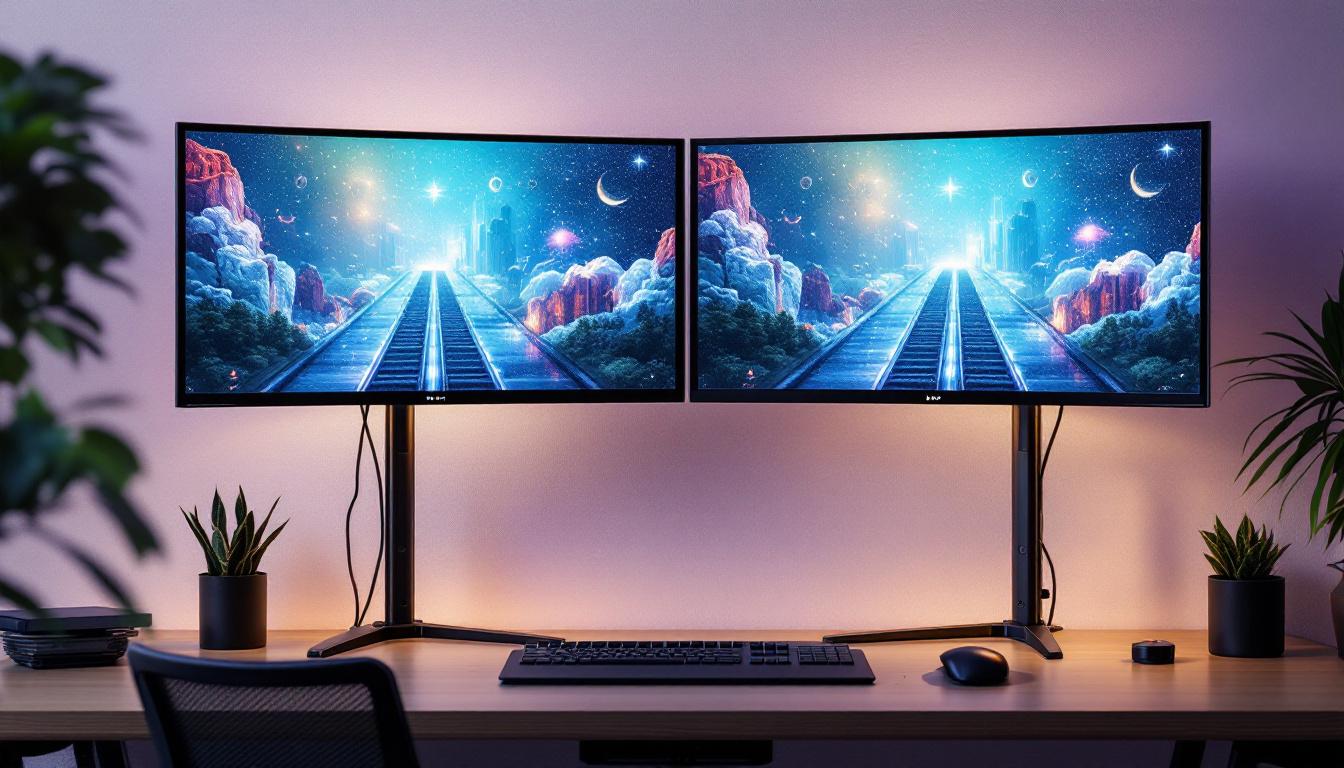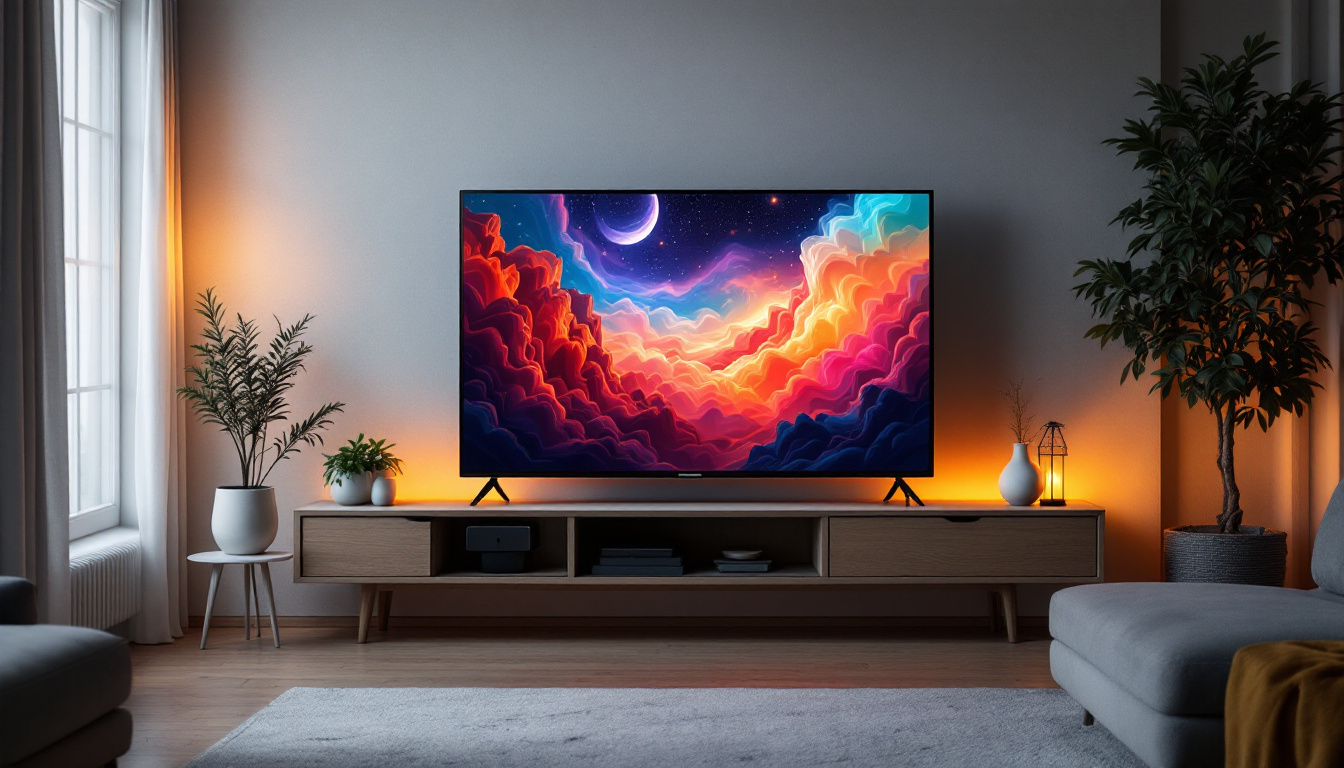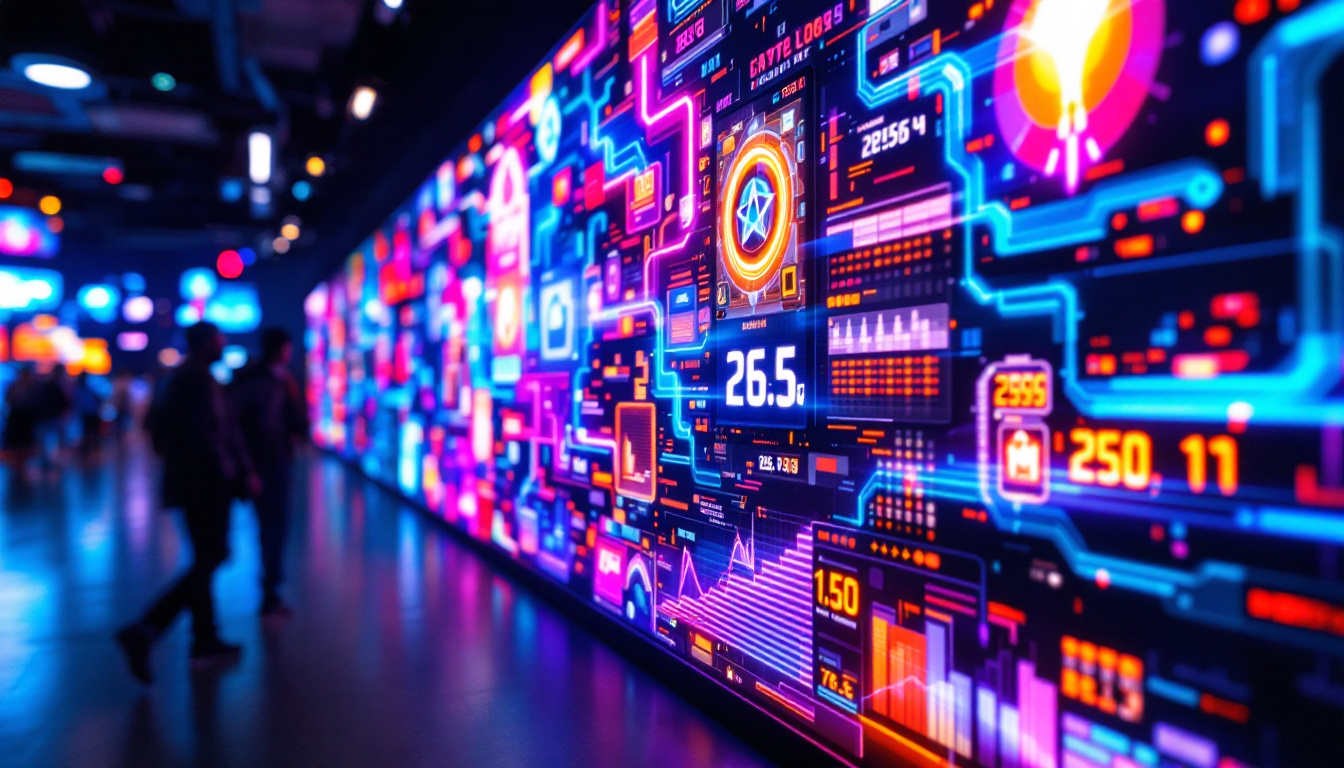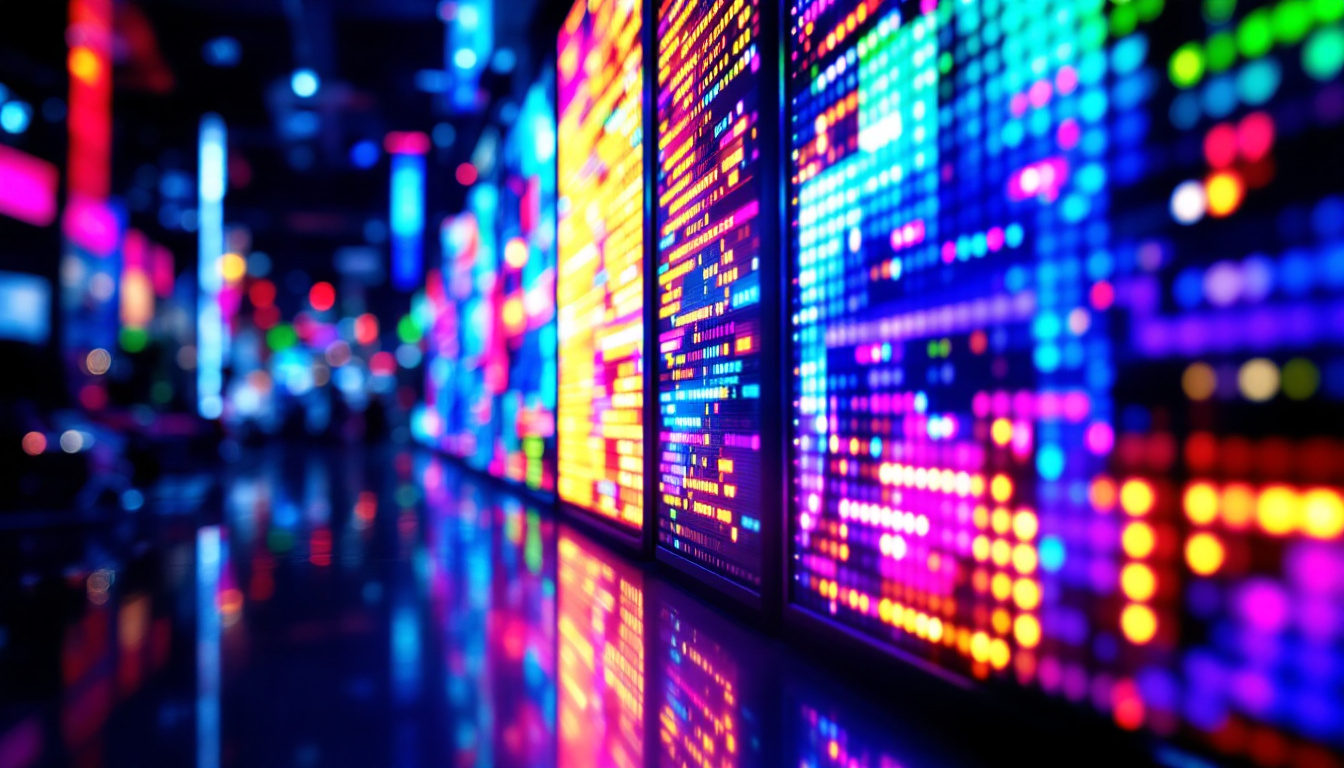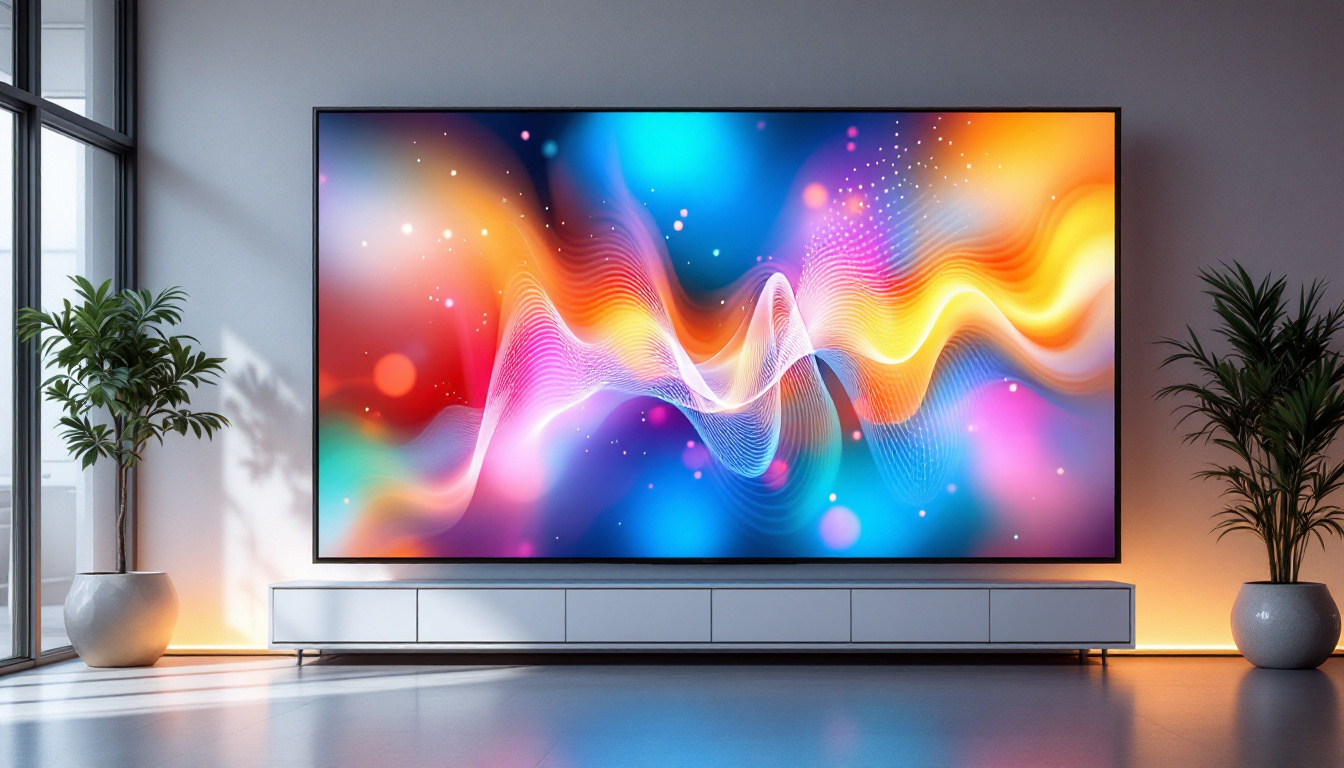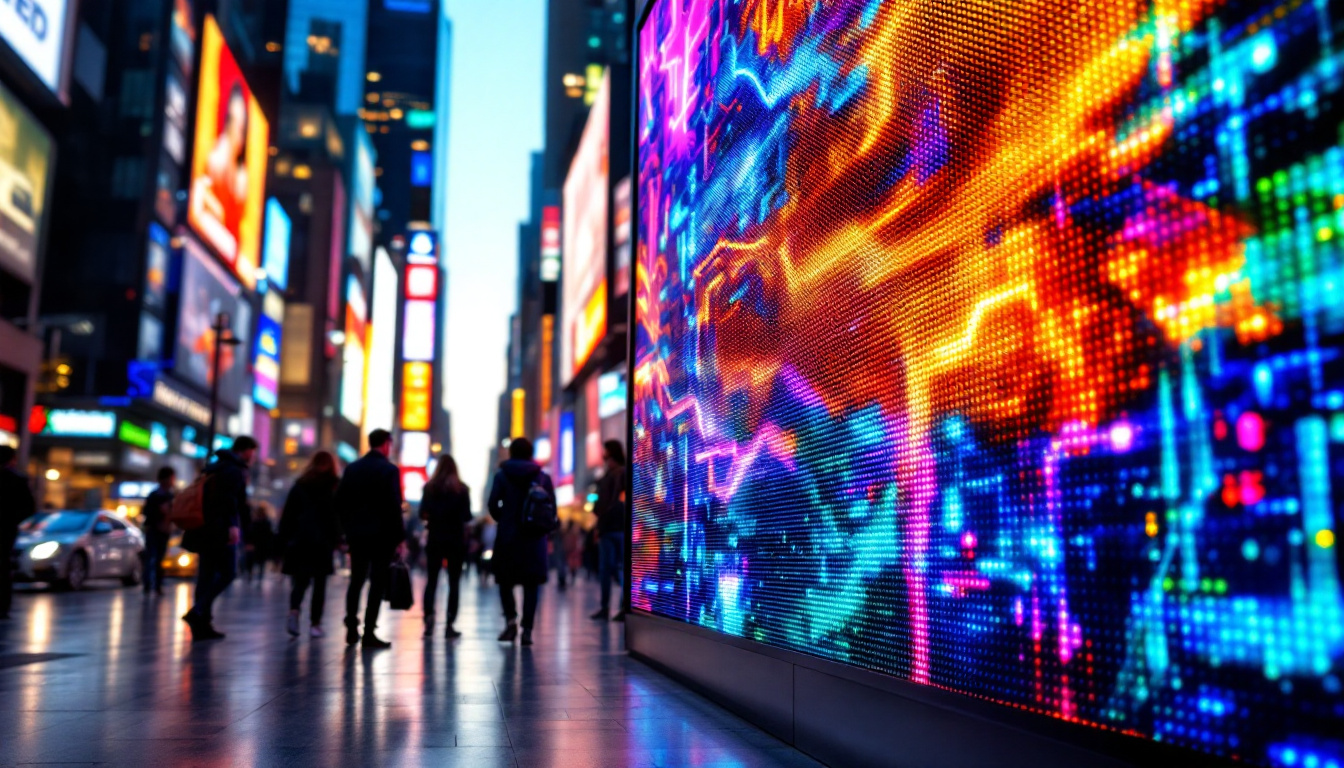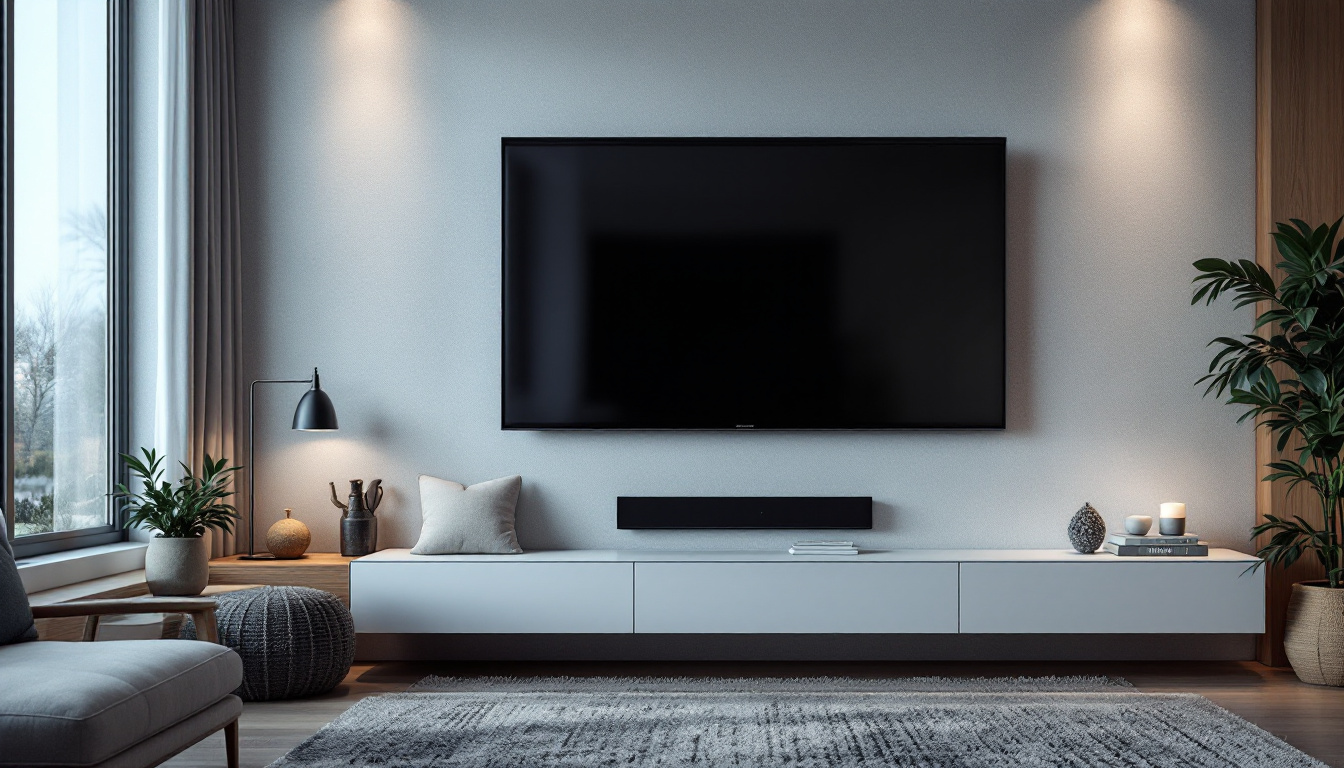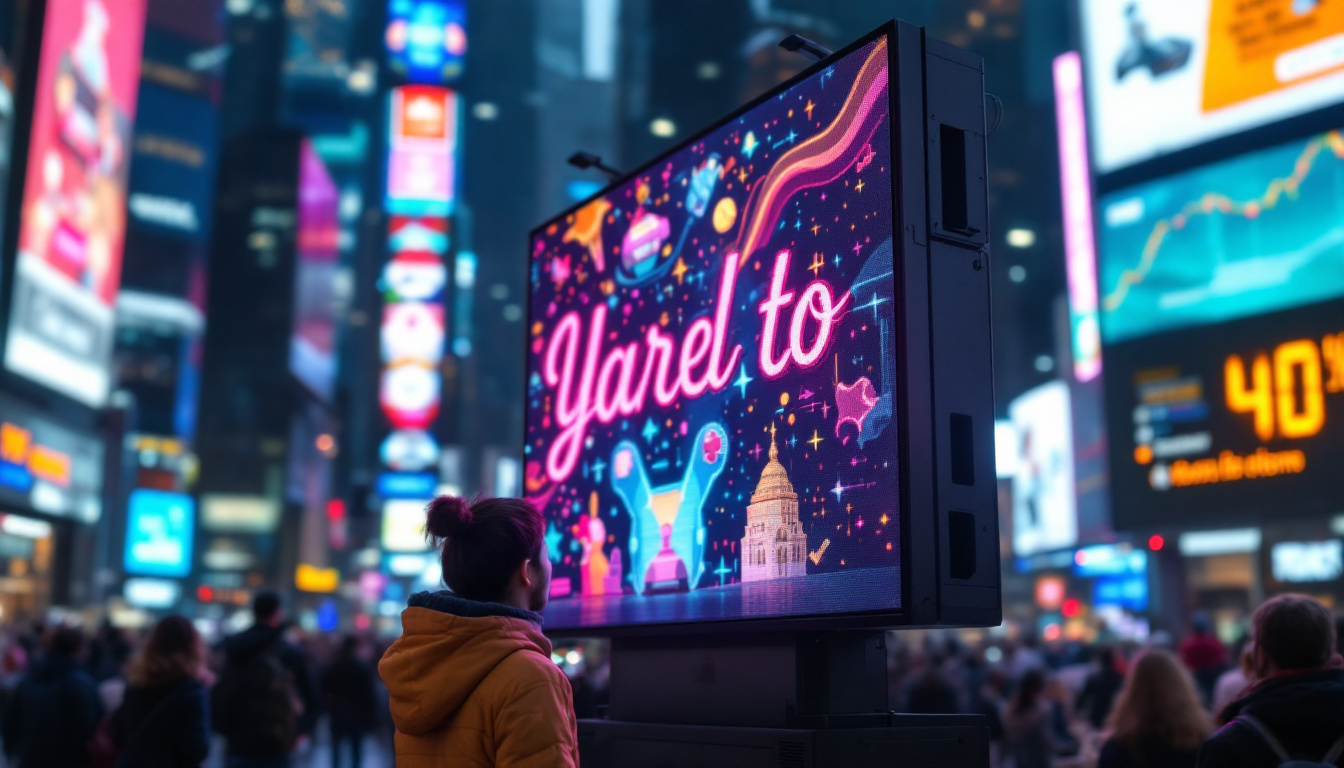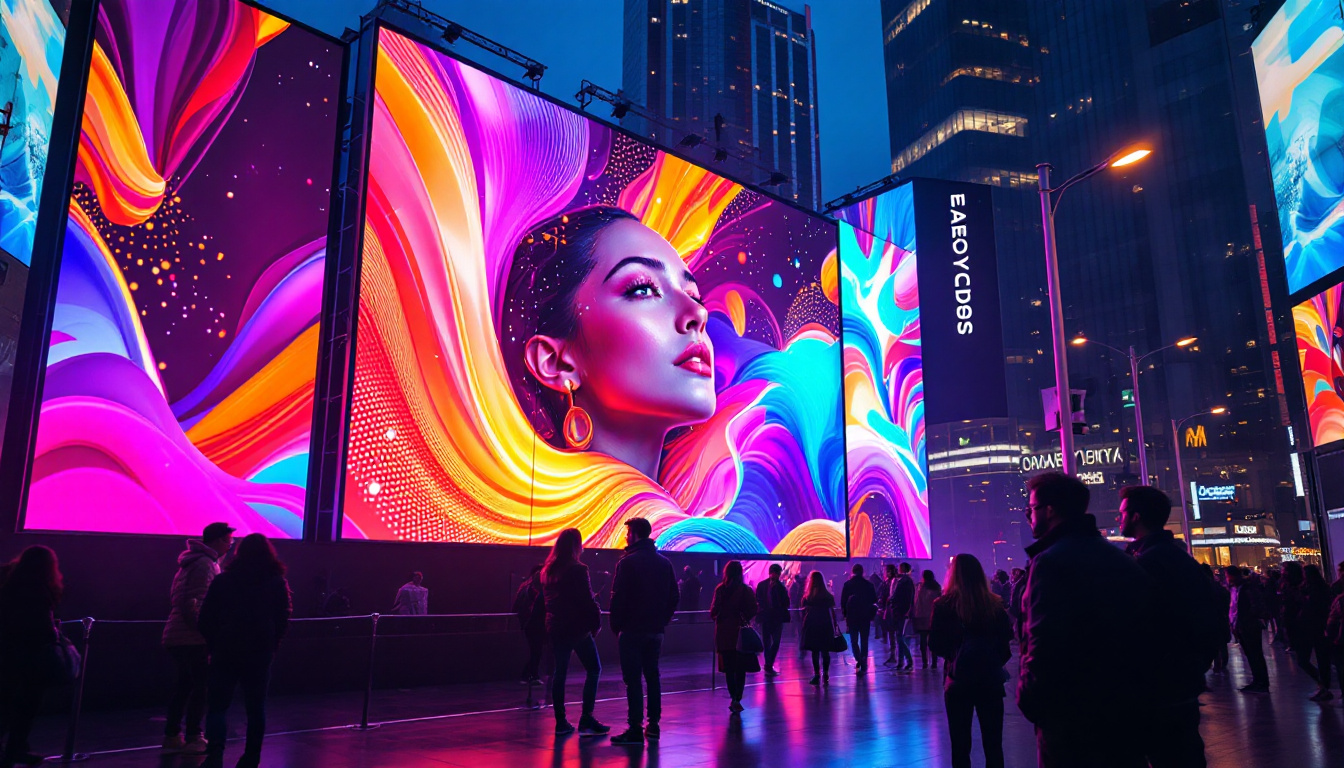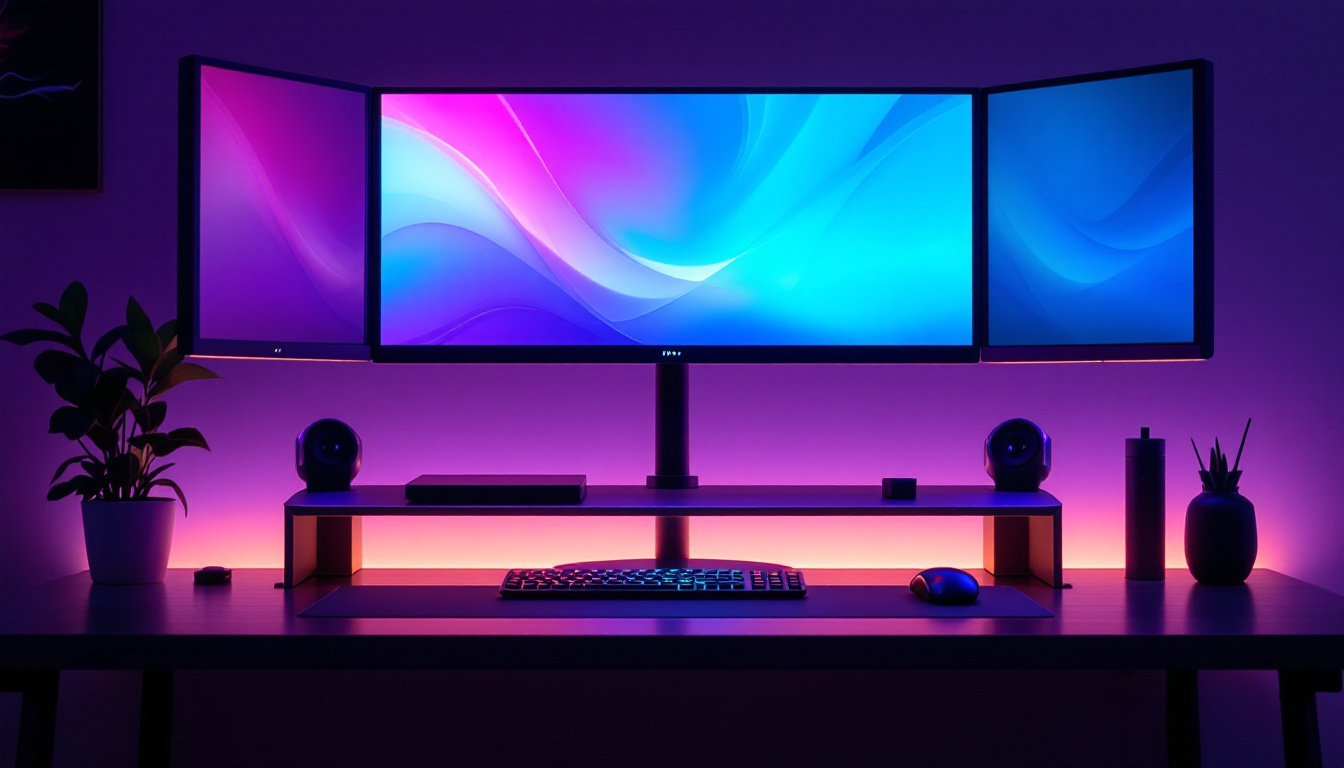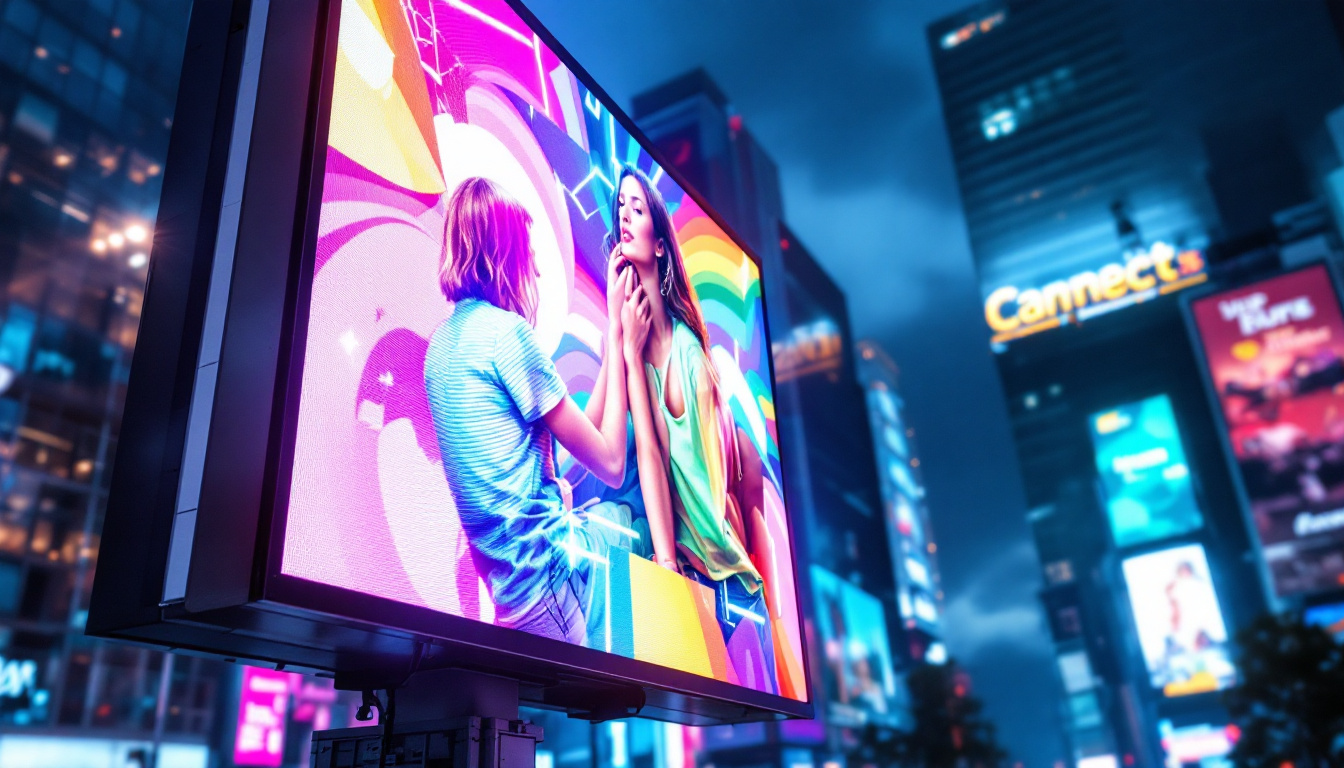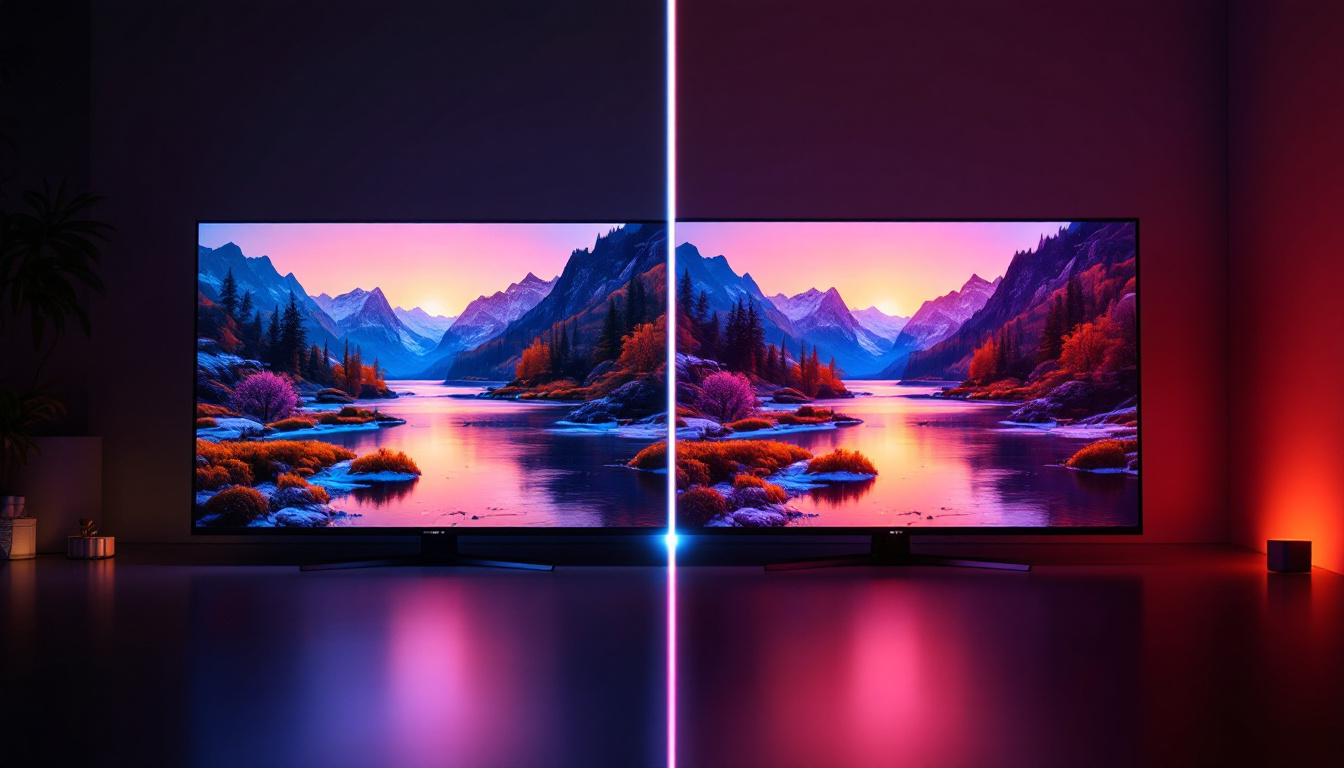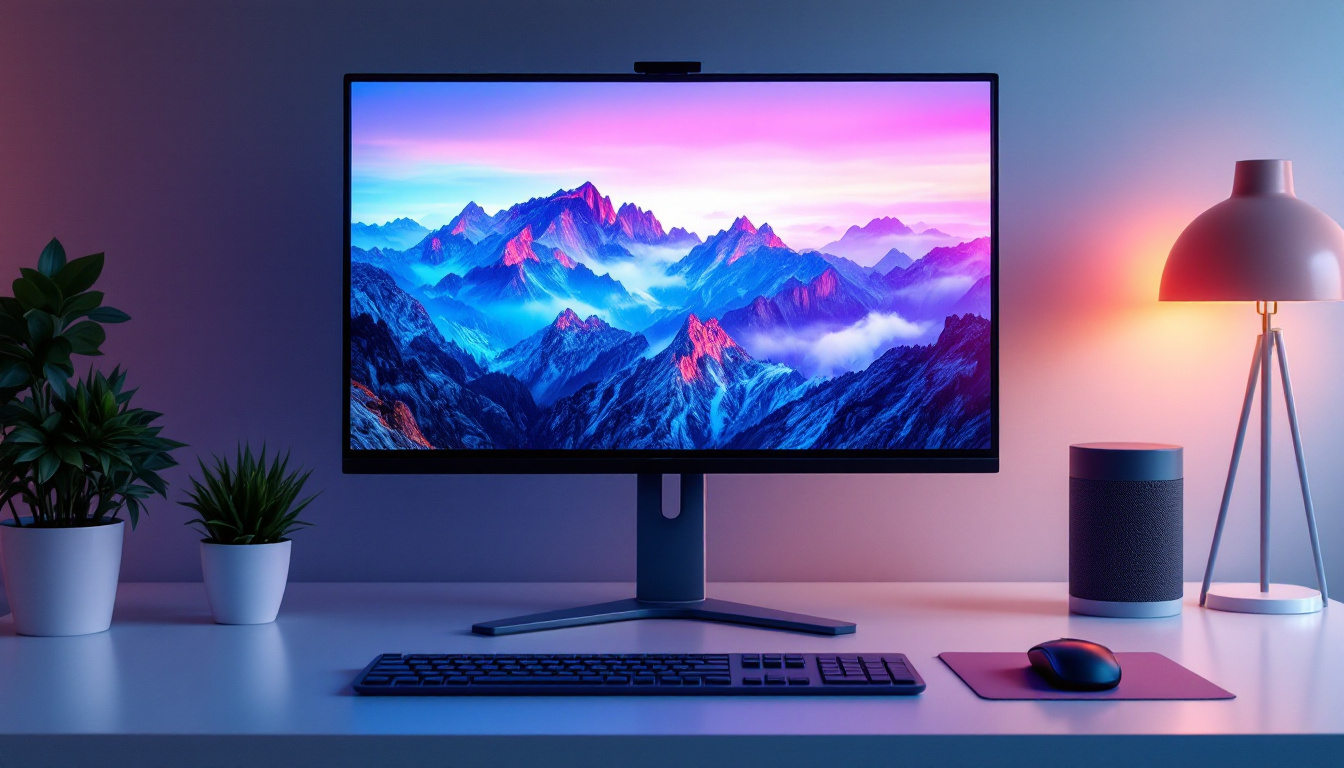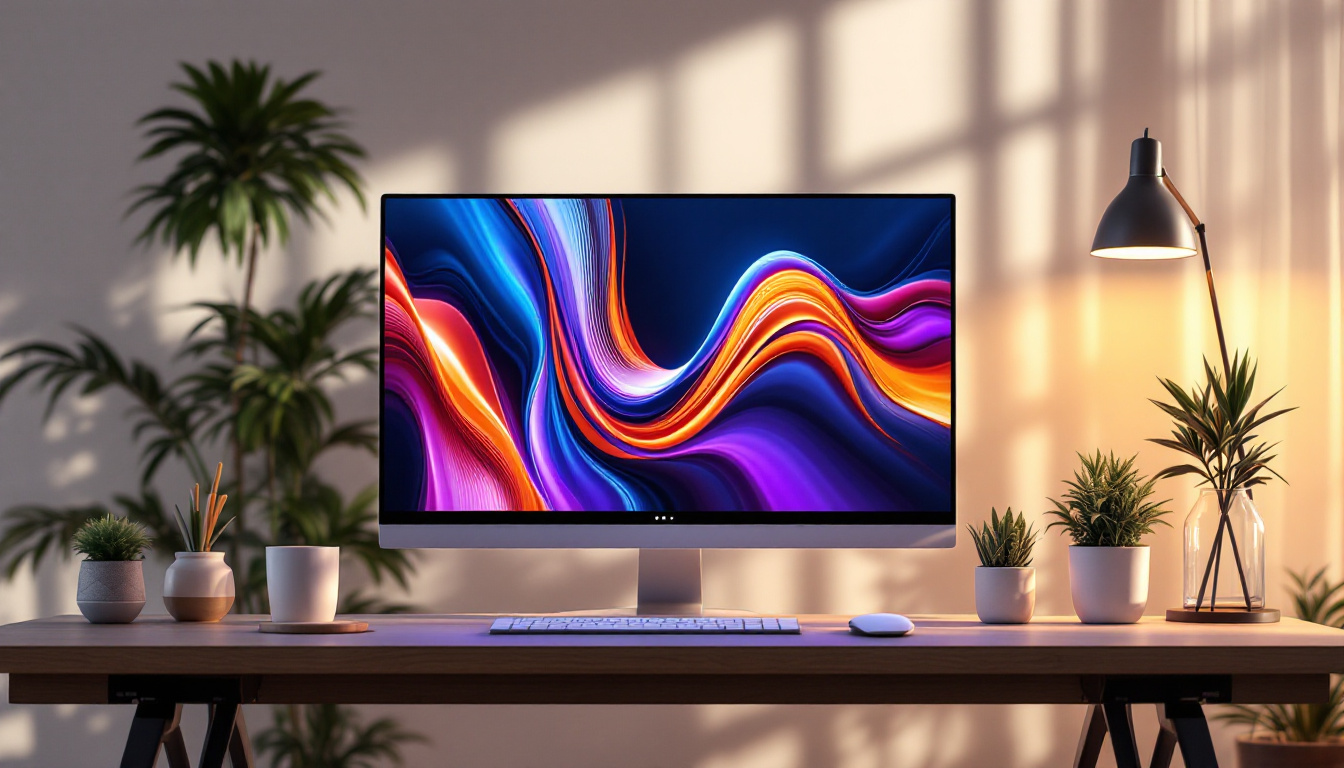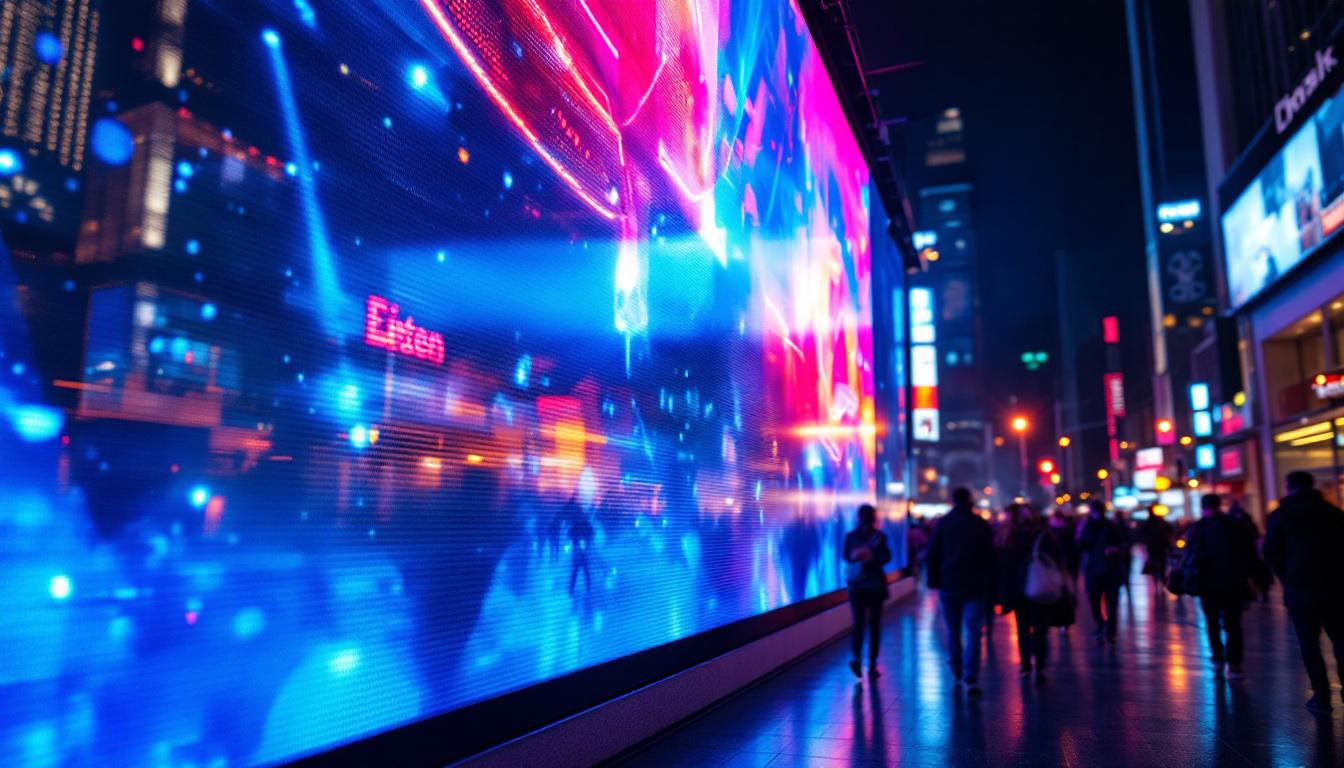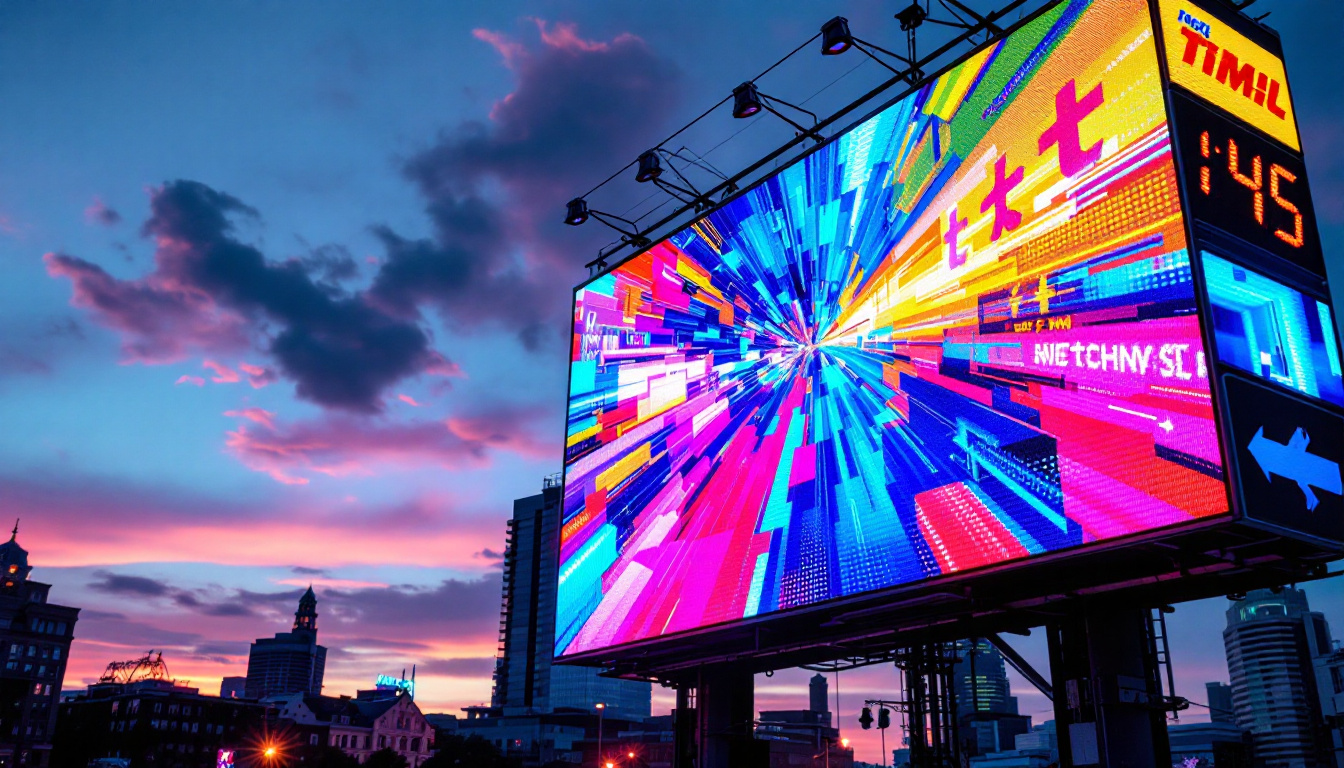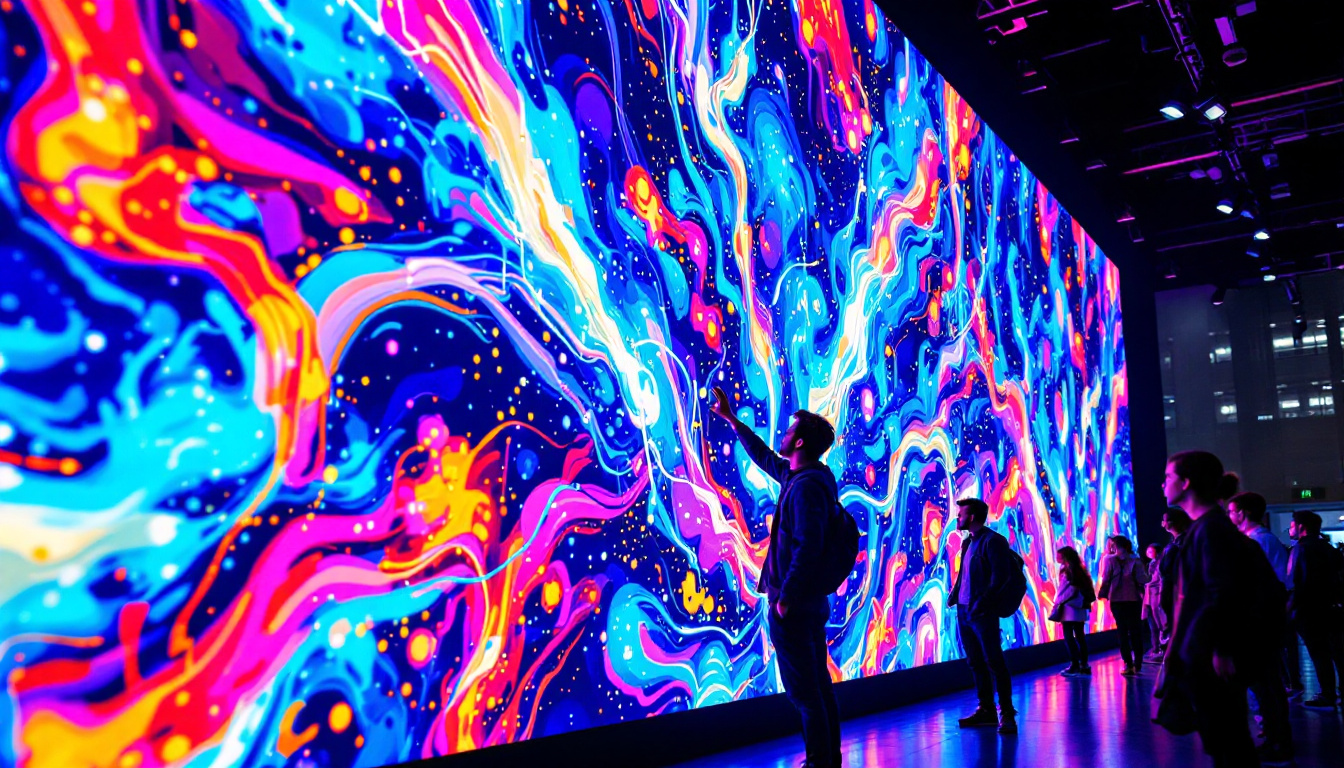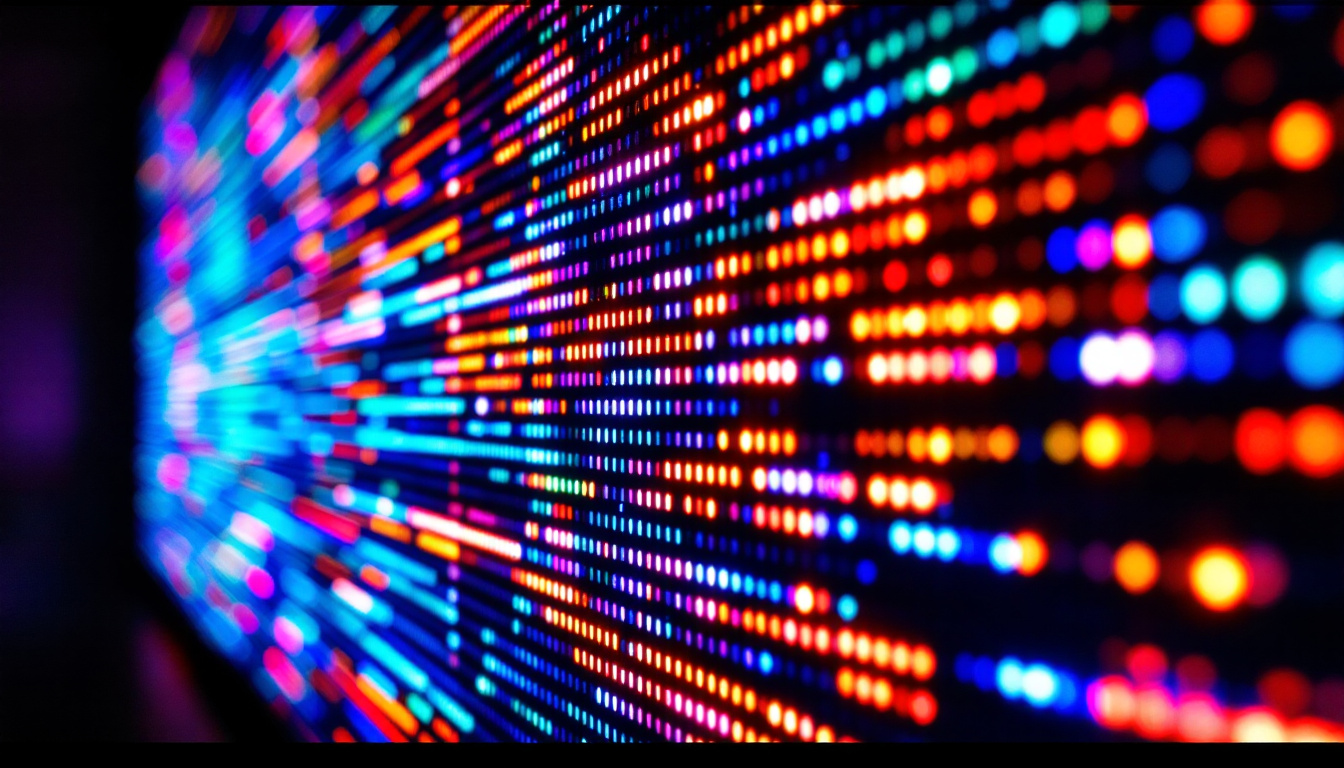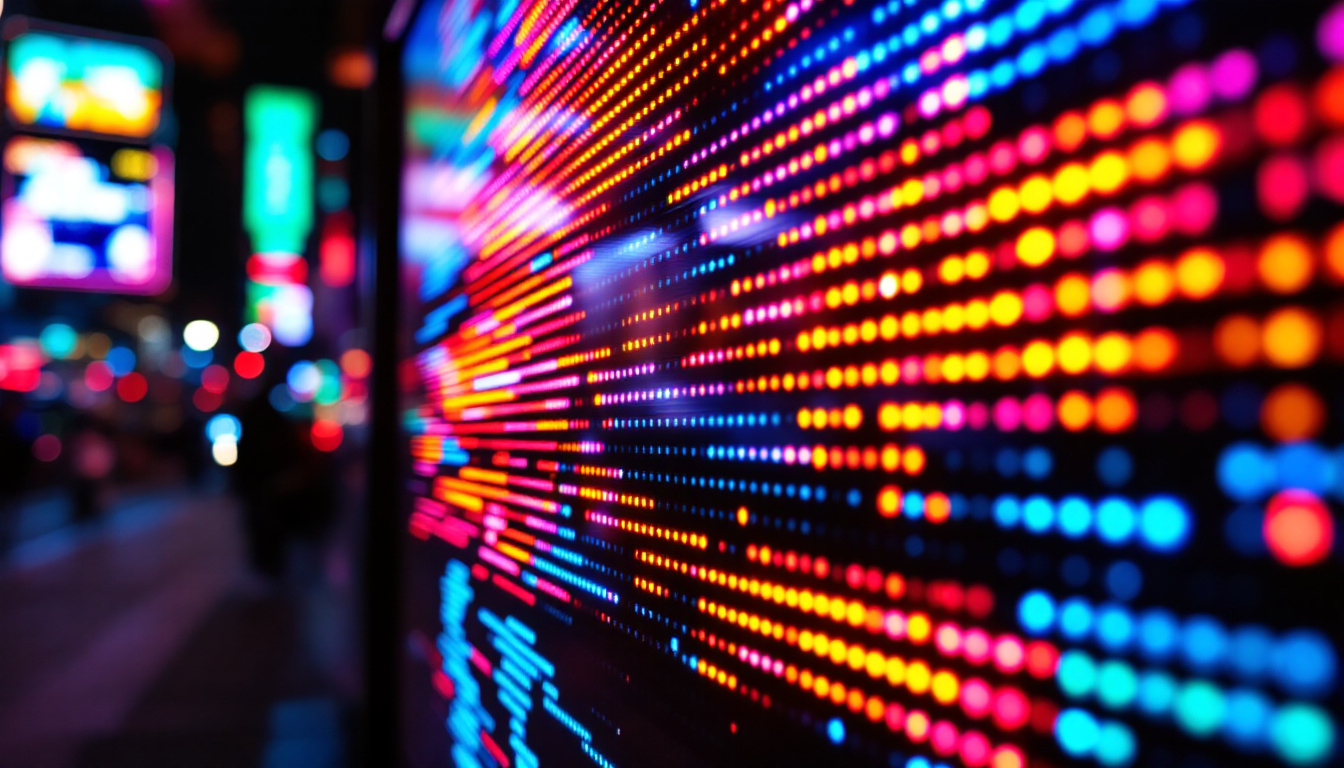In today’s fast-paced digital world, visual communication plays a pivotal role in capturing attention and conveying information effectively. One technology that has revolutionized the way businesses and organizations display content is the LED display, particularly when used with a double screen mount setup. This configuration offers enhanced versatility, improved viewing experiences, and a dynamic way to present multimedia content. This article delves into the concept of double screen mounts for LED displays, exploring their benefits, technical considerations, and practical applications.
Understanding LED Displays and Their Advantages
LED (Light Emitting Diode) displays have become the preferred choice for digital signage, advertising, and information dissemination due to their superior brightness, energy efficiency, and longevity. Unlike traditional LCD or plasma screens, LED displays utilize an array of tiny diodes that emit light individually, resulting in vibrant colors and high contrast ratios even in bright ambient conditions.
The advantages of LED displays include:
- Brightness and Visibility: LED screens can achieve brightness levels upwards of 1,000 nits, making them easily visible in both indoor and outdoor environments.
- Energy Efficiency: LEDs consume less power compared to other display technologies, reducing operational costs over time.
- Durability and Lifespan: With lifespans often exceeding 50,000 hours, LED displays provide long-term reliability.
- Scalability: Modular LED panels can be combined to create displays of virtually any size, from small indoor screens to massive outdoor billboards.
These features make LED displays an ideal choice for businesses seeking impactful visual solutions. Additionally, LED technology has advanced significantly, allowing for even more innovative applications. For instance, some modern LED displays are now equipped with interactive capabilities, enabling users to engage with content directly through touch or gesture controls. This interactivity not only enhances user experience but also provides businesses with valuable data on customer engagement and preferences.
Furthermore, the versatility of LED displays extends beyond traditional advertising. They are increasingly being utilized in artistic installations, sports arenas, and even in the automotive industry for dashboard displays. The ability to create dynamic, eye-catching visuals has made LED technology a favorite among artists and designers, who can use it to transform spaces and convey messages in unique ways. As technology continues to evolve, we can expect to see even more creative uses for LED displays, solidifying their place as a cornerstone of modern visual communication.
What Is a Double Screen Mount?
A double screen mount refers to a mounting system designed to hold two screens side-by-side or stacked vertically, creating a combined display area. When applied to LED displays, this setup allows for expanded visual real estate without the need for a single, large, and often cumbersome screen.
Double screen mounts can be configured in various ways depending on the space, viewing angles, and content requirements. The most common configurations include:
- Side-by-Side: Two LED panels mounted horizontally next to each other, ideal for panoramic views or split-screen content.
- Stacked Vertically: Screens placed one above the other, useful for narrow wall spaces or to create a taller display.
- Angled Displays: Screens mounted at an angle to each other to enhance depth perception or fit unique spatial constraints.
These configurations enable businesses to tailor their visual presentation to specific environments and audience needs.
Why Use a Double Screen Mount for LED Displays?
There are several compelling reasons to opt for a double screen mount when deploying LED displays:
- Increased Display Area: Doubling the screen space allows for more content to be shown simultaneously, which is especially beneficial in retail, control rooms, and event venues.
- Flexibility in Content Presentation: Different content can be displayed on each screen or combined seamlessly, offering creative freedom.
- Cost Efficiency: Instead of investing in a single ultra-large LED panel, two smaller panels mounted together can be more economical and easier to maintain.
- Ease of Installation and Maintenance: Smaller panels are lighter and simpler to handle, reducing installation time and complexity.
Technical Considerations for Double Screen LED Mounts
Implementing a double screen mount for LED displays requires careful planning to ensure optimal performance and longevity. Several technical factors must be considered:
Mounting Hardware and Structural Support
The mounting system must be robust enough to securely hold two LED panels, which can be heavy depending on size and technology. High-quality mounts often feature adjustable brackets to allow precise alignment and leveling, which is critical for seamless visual integration between screens.
Structural support also involves assessing the wall or surface where the screens will be mounted. For example, concrete or steel walls can support heavier loads compared to drywall, which may require reinforcement.
Alignment and Seamless Integration
One of the challenges with double screen setups is ensuring that the two LED panels align perfectly to avoid visible gaps or misalignment that can distract viewers. Advanced mounting systems provide micro-adjustments for height, tilt, and rotation to achieve a flush fit.
Additionally, the bezel width (the frame around the display) plays a role. Many modern LED panels have ultra-thin or even bezel-less designs, minimizing the visual interruption between screens.
Connectivity and Signal Management
Driving content across two screens requires a reliable video processing system capable of handling multiple outputs. Video wall controllers or LED processors are often used to split or duplicate content as needed, ensuring synchronization and smooth transitions.
Cabling must also be managed carefully to avoid clutter and maintain signal integrity. Power cables, data cables (such as HDMI, DisplayPort, or proprietary LED control cables), and grounding wires should be organized and secured.
Heat Dissipation and Ventilation
LED displays generate heat during operation, and when two panels are mounted closely, proper ventilation becomes crucial to prevent overheating. Mounts with built-in airflow channels or spacing between screens can help maintain optimal operating temperatures, extending the lifespan of the LED modules.
Applications of Double Screen LED Displays
Double screen LED mounts find applications across various industries and settings, enhancing communication and engagement in unique ways.
Retail and Advertising
Retailers use double screen LED displays to create eye-catching storefronts or in-store promotions. By mounting two screens side-by-side, businesses can showcase multiple products, advertisements, or interactive content simultaneously, increasing customer engagement and dwell time.
For example, fashion retailers might display a runway video on one screen while highlighting product details or pricing on the adjacent screen. This dual approach caters to different customer interests effectively.
Corporate and Control Rooms
In corporate environments, double screen LED setups are common in conference rooms and control centers. They enable the display of complex data dashboards, video conferencing feeds, and presentation materials side-by-side, facilitating better decision-making and collaboration.
Control rooms, such as those in transportation hubs or utilities management, benefit from the increased screen real estate to monitor multiple data streams simultaneously, improving situational awareness.
Events and Entertainment
Event organizers and entertainment venues leverage double screen LED mounts to create immersive experiences. Whether it’s a concert, sports event, or trade show, these displays can provide dynamic visuals, live feeds, and interactive content that captivate audiences.
For instance, a double screen setup at a music festival might show live footage on one screen while displaying event schedules or sponsor messages on the other.
Education and Public Information
Educational institutions and public spaces use double screen LED displays to enhance communication. In lecture halls, two screens can display lecture notes and live video simultaneously, improving student engagement.
Public information centers, airports, and transportation terminals benefit from double screen configurations by showing schedules, alerts, and advertisements in a clear and organized manner.
Choosing the Right Double Screen Mount for Your LED Display
Selecting the appropriate mount is crucial to maximize the benefits of a double screen LED setup. Consider the following factors:
Compatibility with LED Panels
Ensure the mount is compatible with the size, weight, and mounting pattern of your LED panels. Many manufacturers provide specifications for compatible mounts, including VESA standards or custom mounting solutions.
Adjustability and Flexibility
Choose mounts that offer fine adjustments for alignment and positioning. This flexibility is essential for achieving a seamless visual experience and adapting to different installation environments.
Build Quality and Safety Features
High-quality materials such as steel or aluminum provide durability and safety. Look for mounts with safety locks or secondary supports to prevent accidental falls or damage.
Ease of Installation and Maintenance
Consider mounts that simplify installation and allow easy access for maintenance tasks like cleaning or panel replacement. Modular designs can reduce downtime and labor costs.
Future Trends in Double Screen LED Displays
The LED display industry continues to evolve rapidly, and double screen mounts are benefiting from several emerging trends:
- Bezel-less and Flexible Displays: Advances in LED technology are producing ultra-thin, bezel-less panels and flexible screens that can curve or bend, enabling innovative double screen configurations.
- Smart Mounts with Integrated Sensors: Some mounts now incorporate sensors that monitor temperature, vibration, and alignment, providing real-time feedback for preventive maintenance.
- Wireless Content Management: Wireless technologies are simplifying content delivery to multiple screens, reducing cabling complexity and enabling dynamic content updates.
- Interactive and Touch-Enabled Displays: Combining double screen mounts with touch technology allows for interactive kiosks and collaborative workspaces.
These advancements promise to make double screen LED displays even more versatile and impactful in the near future.
Conclusion
Double screen mounts for LED displays offer a powerful solution for expanding visual communication capabilities across diverse industries. By understanding the technical requirements, benefits, and applications, businesses can leverage this technology to create engaging, flexible, and cost-effective digital signage solutions.
Whether enhancing retail environments, improving corporate collaboration, or elevating event experiences, double screen LED displays provide a dynamic platform for delivering compelling content. As technology continues to advance, these systems will only become more sophisticated, offering new opportunities to captivate and inform audiences worldwide.
Discover LumenMatrix’s Innovative LED Solutions
Ready to transform your space with cutting-edge LED display technology? Explore LumenMatrix’s comprehensive range of LED solutions, from vibrant Indoor and Outdoor LED Wall Displays to dynamic Vehicle and Sports Displays. Whether you’re looking to create an immersive retail environment, enhance corporate communication, or captivate event attendees, LumenMatrix has the perfect LED solution to meet your needs. Check out LumenMatrix LED Display Solutions today and start crafting your unforgettable visual experience.

